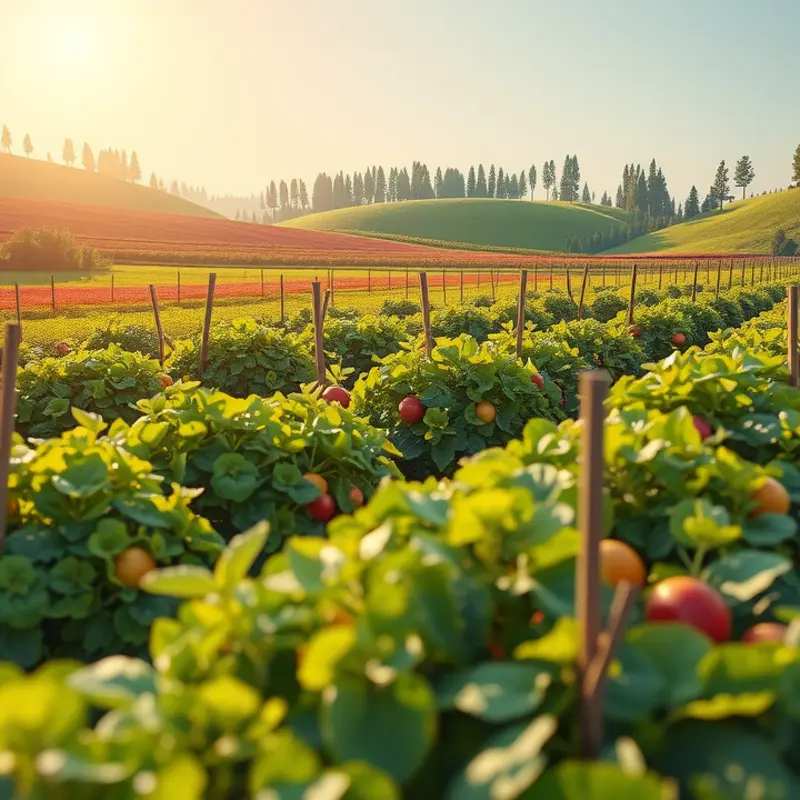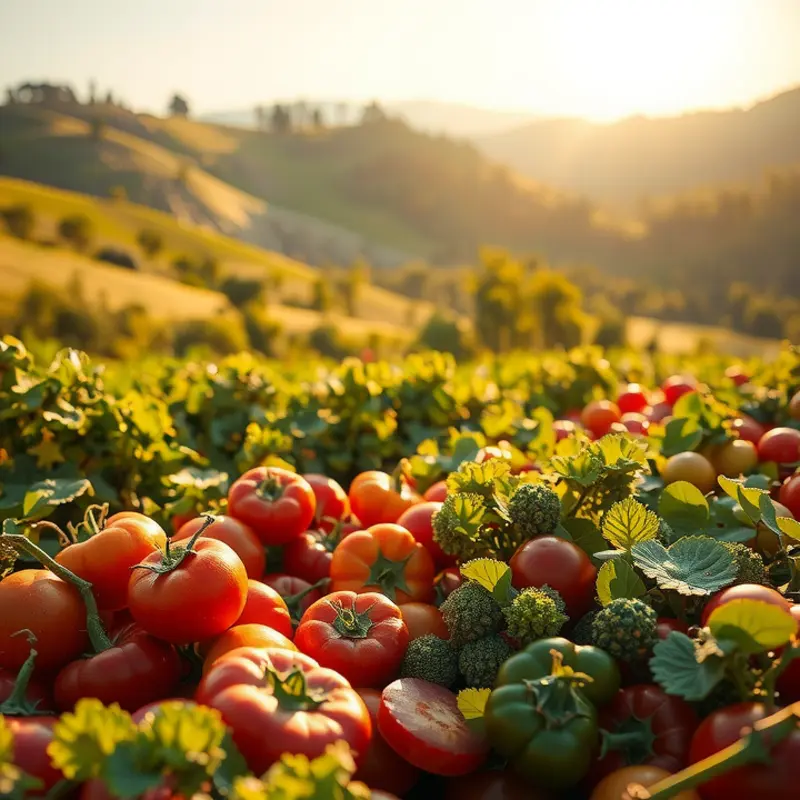Food reheating safety is crucial in managing leftovers and minimizing waste in the kitchen. Many of us find ourselves wondering how to properly store and reheat food without compromising health or flavor. With the right knowledge and techniques, you can enjoy your meals while keeping foodborne illnesses at bay. Let’s explore practical tips for safe food storage, effective reheating methods, and the importance of temperature control.
Storing Food Safely: The First Step to Reheating

Proper food storage is crucial for maintaining taste and ensuring safety. By taking simple steps to store food correctly, you can reduce waste and avoid the risks of spoilage and cross-contamination. The foundation of safe reheating begins with understanding how to effectively store your food.
Let’s start with the basics—container choices. Not all containers are created equal. It’s essential to select those that are airtight and made from food-safe materials. Glass or BPA-free plastic containers are ideal for maintaining freshness. Another option is silicone reusable bags which are both eco-friendly and efficient for storing various types of foods.
Don’t overlook the importance of labeling. This practice isn’t just for the ultra-organized. Clearly labeling your containers with the contents and the date they were stored helps manage your fridge’s inventory. This prevents forgotten leftovers from turning into potential food hazards. Aim to consume refrigerated leftovers within three to four days to ensure safety. For long-term storage, freezing is often the best bet. Here, labeling is equally important; use a freezer-safe marker on bags or containers to withstand cold temperatures.
Temperature plays a critical role in food safety. Your refrigerator should be set below 40°F (4°C), while the freezer should be at 0°F (-18°C). These temperatures slow down bacterial growth, keeping your food safe for longer periods. To ensure your fridge maintains these temperatures, avoid overpacking it. Allow space for air circulation, which helps evenly distribute cold air. Moreover, position meats on the lower shelves to prevent drips onto other foods, which could lead to contamination.
Dairy, eggs, and other perishable items should be stored in consistent, cool parts of the fridge, not in the door—where temperatures fluctuate. Similarly, foods with strong odors like onion and garlic should be contained well to prevent their smells from permeating other foods.
An often overlooked aspect of food storage is keeping sauces safe. Improper handling can lead to contamination, so learn about storing sauces on safer storage of sauces.
Regular cleaning of your fridge and freezer is another key step. Spills should be cleaned immediately, and shelves should receive a thorough wipe-down every few months. Additionally, defrost your freezer periodically to ensure it runs efficiently and maintains the right temperature.
By integrating these practices into your kitchen routine, you not only enhance food safety but also contribute to sustainable and low-waste living. The effort you put into storing food properly pays off when you can reheat your meals knowing they are as tasty and safe as the day they were prepared.
Reheating Techniques: Keeping Food Safe and Delicious

Reheating leftovers is an art that balances safety and taste. Achieving thorough reheating while retaining flavor involves understanding different methods and tools. Microwaves, stovetops, and ovens each have unique advantages and considerations.
Microwaves offer convenience with speed but can heat unevenly. Stirring foods midway through ensures all parts reach a safe temperature. Liquids should be microwaved with caution to avoid boiling over. Covering containers prevents spills and retains moisture, enhancing taste.
Stovetop reheating requires low, steady heat, making it suitable for soups, stews, and sauces. Stir regularly to prevent sticking or burning. A kitchen thermometer can verify temperatures, ensuring soups reach 165°F (74°C) for safe consumption.
Ovens are ideal for reheating larger quantities or dishes needing a crispy exterior. Set the oven to 350°F (175°C) to warm evenly. Cover dishes initially to retain moisture, then uncover for a crisp finish. A thermometer verifies that food has heated through.
For proteins like chicken and fish, gentle methods like steaming preserve moisture. When using a microwave, add a bit of liquid to maintain juiciness. Proteins should reach an internal temperature of 165°F (74°C) to eliminate bacteria risks.
Grains and pasta require a bit of water or sauce when reheating. This prevents drying and recreates the original texture. On the stovetop, add a splash of water and cover the pot to steam them gently.
When reheating, any leftovers should be consumed within one to two hours or cooled rapidly below 40°F (4°C) to prevent bacterial growth. Proper storage complements reheating, as discussed in Safer Storage of Sauces, ensuring food remains safe before reheating.
Implementing these techniques ensures that reheated meals are not only safe but also delight the palate as if freshly made.
Final words
Mastering food reheating safety is integral to reducing waste and ensuring that your meals are both tasty and safe to consume. By paying attention to how you store and reheat food, you can maintain these essential home management skills. Remember to always label your leftovers, store them at the right temperatures, and use effective reheating methods. These simple practices will not only enhance your culinary experiences but also contribute to a healthier home environment.







